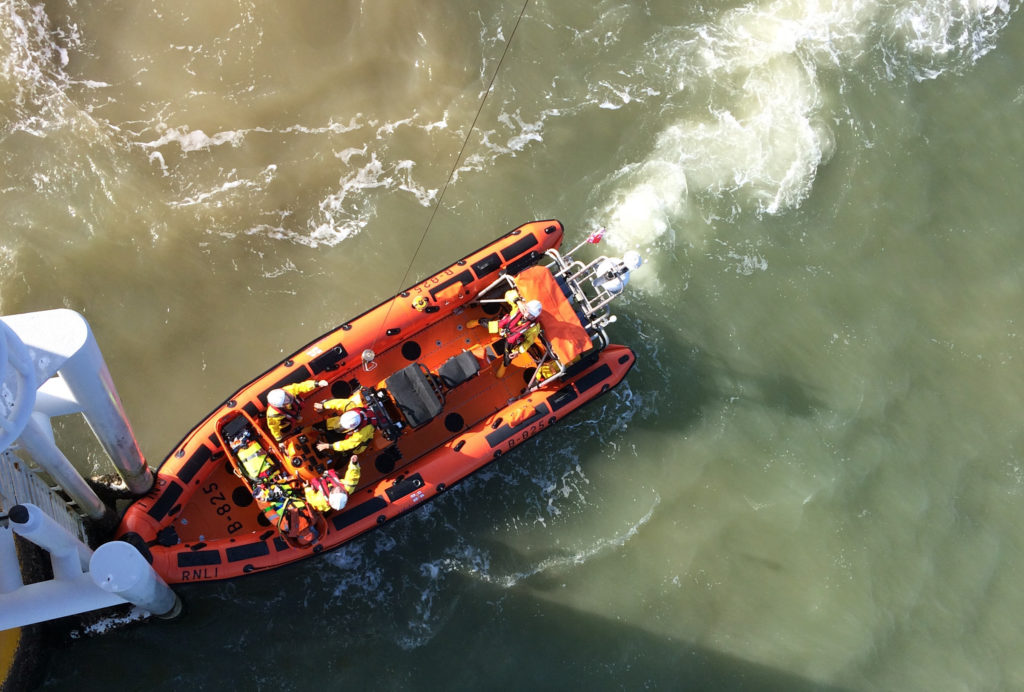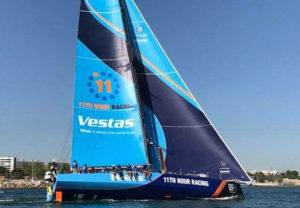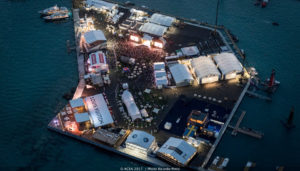Clacton RNLI extract mock casualty from wind turbine

In a joint training exercise with DONG Energy the volunteer crew of Clacton’s Atlantic class lifeboat extracted a casualty from a wind turbine on the Gunfleet Sands, approximately four miles south of Clacton.
This type of extraction directly onto a lifeboat was the first time tried by either the Clacton crew or the DONG technicians. If proved successful this would save precious time in a real emergency as the current standard operating procedure is for a casualty to be extracted to the wind farm support vessel, then transferred to the lifeboat.
The front of the lifeboat was pressed against the base of the turbine, and held in position by balancing the throttles of the two engines to produce a steady platform. The technicians on the turbine prepared the mock casualty and winched it down to the awaiting lifeboat in a basket stretcher.
Clacton RNLI Senior Helm Tim Dye said: “For most of the exercise we allowed the DONG technicians to take the lead as they had experience of extracting a casualty from the turbine. My main concern was making sure our Atlantic class lifeboat was kept in the correct position and to look out for any unforeseen complications.”
Mr Dye went on to say: ‘The exercise was a success and proved it could be done, which would save precious minutes in getting a casualty to hospital. There were a few issues that arose, but that was to be expected with two different teams working together for the first time and needing to get to know each other’s capabilities, but that was the aim of the exercise.”
The whole operation was overseen by Andrew Greenleaf, Head of GFS Operations, Gunfleet Sands Wind Power for DONG Energy who felt the whole exercise went better than expected and produced a valid alternative to removing a casualty from a turbine if a rescue helicopter is not available, which is the preferred option.
Dave Wells, Lifeboat Operations Manager for Clacton RNLI was keen to point out that there was an ongoing relationship between DONG and the RNLI in its financial support for six stations close to where they operate, which Clacton is one. As part of this financial support for Clacton they pay the annual fuel bill of the station.
Mr Wells went on to say: “This extra practical support in the form of real world exercises for Clacton’s volunteer crew is invaluable to equip them with the skills needed to undertake such rescues effectively and safely.”
In 2016 Clacton’s RNLI crew members spent nearly 400 hrs on exercise in preparation to assist, along with the other 237 RNLI stations, more than 29,000 people.










